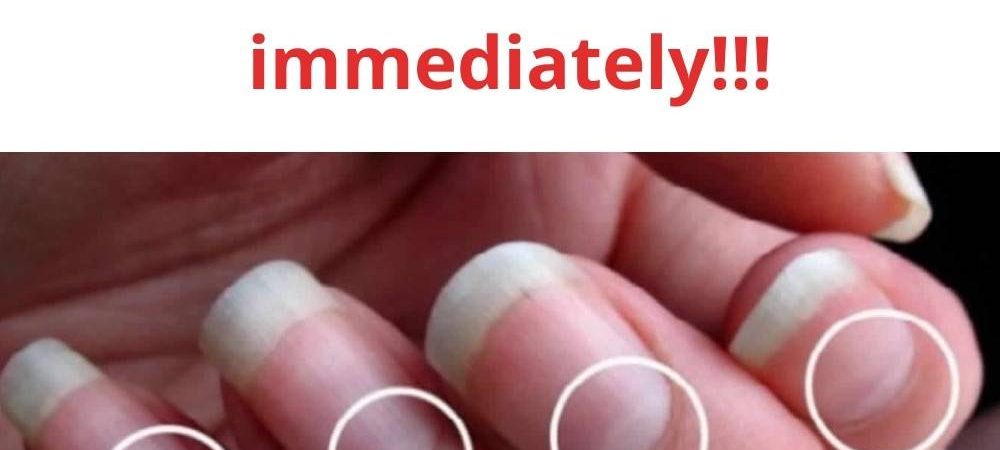Changes in the color, shape, or size of the lunula may indicate signs of an underlying health condition.
What do white lunulae on your nails say about your health?
Identifying health conditions through the lunula on your nails – 2
Pinky finger: The crescent-shaped lunula on the pinky finger is related to the functioning of the kidneys, small intestine, and heart. If it tends to grow larger, it could be a sign of high blood pressure. Ring finger: If the white lunula near the base of the ring finger is barely visible, it could indicate digestive or reproductive system issues. Middle finger: The lunula on this finger is linked to the brain and cardiovascular system. The absence of the lunula may signal issues with blood vessels or high blood pressure. Index finger: The lunula on the index finger may disappear or significantly shrink due to problems with the intestines or pancreas. Thumb: The lunula on the thumb is associated with the lungs and spleen.
Large lunulae on the nails
Lunulae are considered large when they occupy about one-third (or more) of the nail’s size. This can indicate potential issues with the cardiovascular system, heart rhythm, or low blood pressure. Athletes or those engaged in physical activities often have relatively large lunulae. If someone who is not physically active has large lunulae, it may be a sign of frequent stress or tension.
Small lunulae on the nails
Small lunulae, visible only behind the cuticle, can signal low blood pressure and circulation problems. This might also indicate a weak immune system, poor metabolism, or deficiencies in iron and B12.
If the lunula is clearly separated from the rest of the nail with horizontal lines, it could point to blood sugar issues or a potential risk of diabetes.
No visible lunulae on the nails
Don’t panic if you can’t see the lunula on your nails or on your child’s nails. Lunulae are usually not visible on children’s nails and appear gradually over time. In some people, they don’t appear due to the natural characteristics of the nail structure.
However, the sudden disappearance of the lunula may be a sign of circulatory issues. Studies suggest that its absence is linked to thyroid disorders and deficiencies in vitamin B12 and iron.
Color changes in the lunulaGray: This color may indicate severe fatigue, digestive disorders, and difficulty absorbing nutrients. White: This is a healthy and natural color. The lunula on the nails should be whiter than the surrounding skin. Purple: A sign of poor blood circulation and lack of oxygen in organs and tissues. If your lunula turns this color, you may experience dizziness and headaches. Pink (red): This could indicate low physical activity or lung issues. Black: A rare and extremely dangerous sign. Typically, this is a symptom of heavy metal poisoning.

